Perseids over the years
A meteor shower is an astronomical phenomenon in which many meteors are seen to radiate from one point in the night sky. Meteors vaporize in a brilliant streak of light as they enter Earth’s atmosphere at extremely high speeds. Most of them are tinier than a grain of sand, so they all disintegrate, and only a few hit the Earth’s surface.
Meteor showers are usually named after a constellation or star close to where the meteors appear in the sky.
Comet Swift–Tuttle causes perseid meteor showers, and since the point from which they appear to radiate lies in the constellation Perseus, hence Perseid.
2015
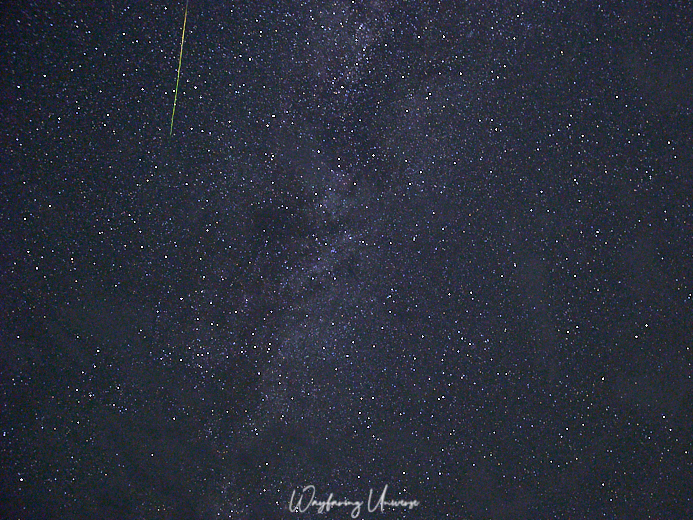
This was our very first time experiencing the meteor showers (and camping too). I remember how chilly it was at Fremont Peak that night it didn’t seem like, the summer vibe at all, the Perseids are associated with. Nevertheless, it was a dream come true. Meteor showers were why I got into amateur astronomy in the first place. So Perseids that year has a special place in my heart :)
2016
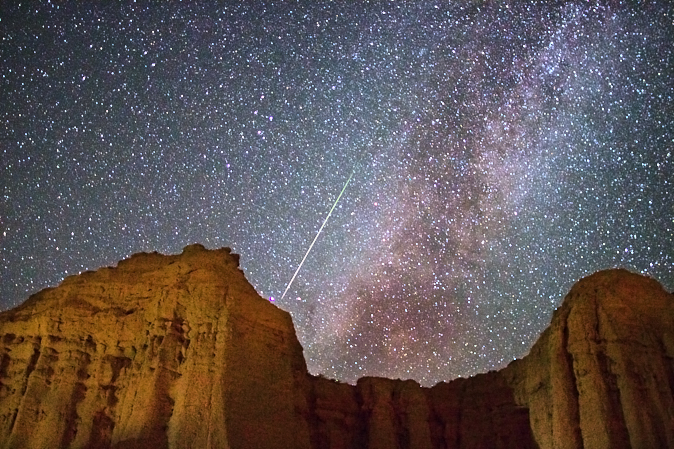
I think this is my best shot of all the showers to date. Also, my second best experience of the meteor showers (Geminds 2015 were the best I have ever seen). Red Rock Canyon State Park is one of my favorites for stargazing (sans the rattlesnakes) absolutely love this place. Though it suffers some light pollution at the horizon from Mojave, but all in all it’s a pretty dark site. Unlike the freezing temperatures of 2015, 2016 was pretty hot, with temperatures soaring up to the 90s late in the night. I remember the campground was full even in the middle of the week. Undoubtedly they hold the top place for being the most popular celestial events.
2018
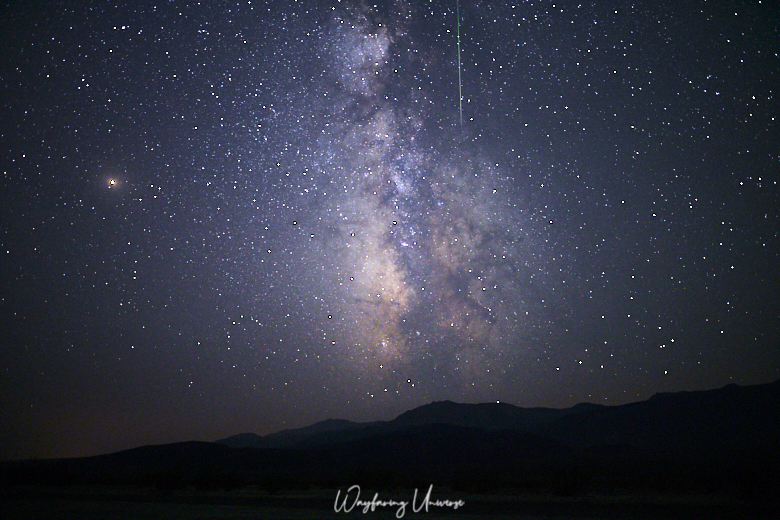
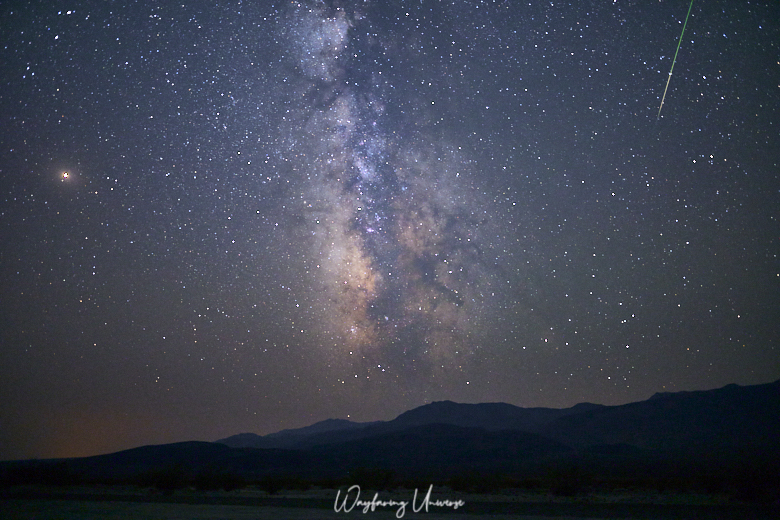
What better place to see them than Death Valley. Death Valley is considered one of the darkest (as well as the hottest) sites in the US. Yes, I agree August is no place to be in Death Valley. Still, we were very determined to see Perseids at least once in Death Valley. We were super excited about our trip to the national park for the annual event, but we had several wildfires in California that year. The visibility was not excellent, which could have been otherwise, as per the Death Valley standards, but it was pretty good. It was a great show. If 2015 was freezing and 2016 was hot, then 2018 was burning hot, I mean literally, we got toasted. Temperatures were around 105s all night. So, I would say 2018 was the most challenging year of Perseids.
2020
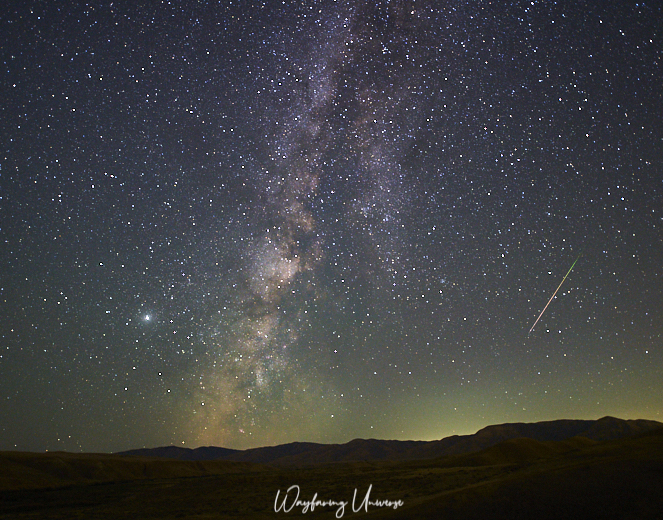
Though the Perseids peak between Aug 11-13, it was the first time we decided to see it other than the peak. The frequency was far less than the other years (when we saw them during the peak), but we managed to see a few big ones. We chose Panoche hills to observe the 2020 meteor showers. I must say the weather was lovely, despite the heatwave alerts. Not cold, not hot, just perfect.
2021
No other trip like the meteor showers makes me so overly excited to get back home(so that we can see how many we captured). Usually, the camera is set up in one direction; but you watch them in every direction, so you tend to miss some of them. Let alone camera, Hitesh, and my tallies are always different. (I think this is the most thrilling part of watching them - keeping scores, who saw how many?.)
Despite some smoke, this year was by far the best we have seen since we started watching them in 2015. A big one almost every 3-4 minutes and countless smaller ones. We captured 58 of them in-camera( the most significant number to date) and might have seen at least 100 of them. As the Museo del meteorito said once -“These are gifts from the sky.” - so true!!
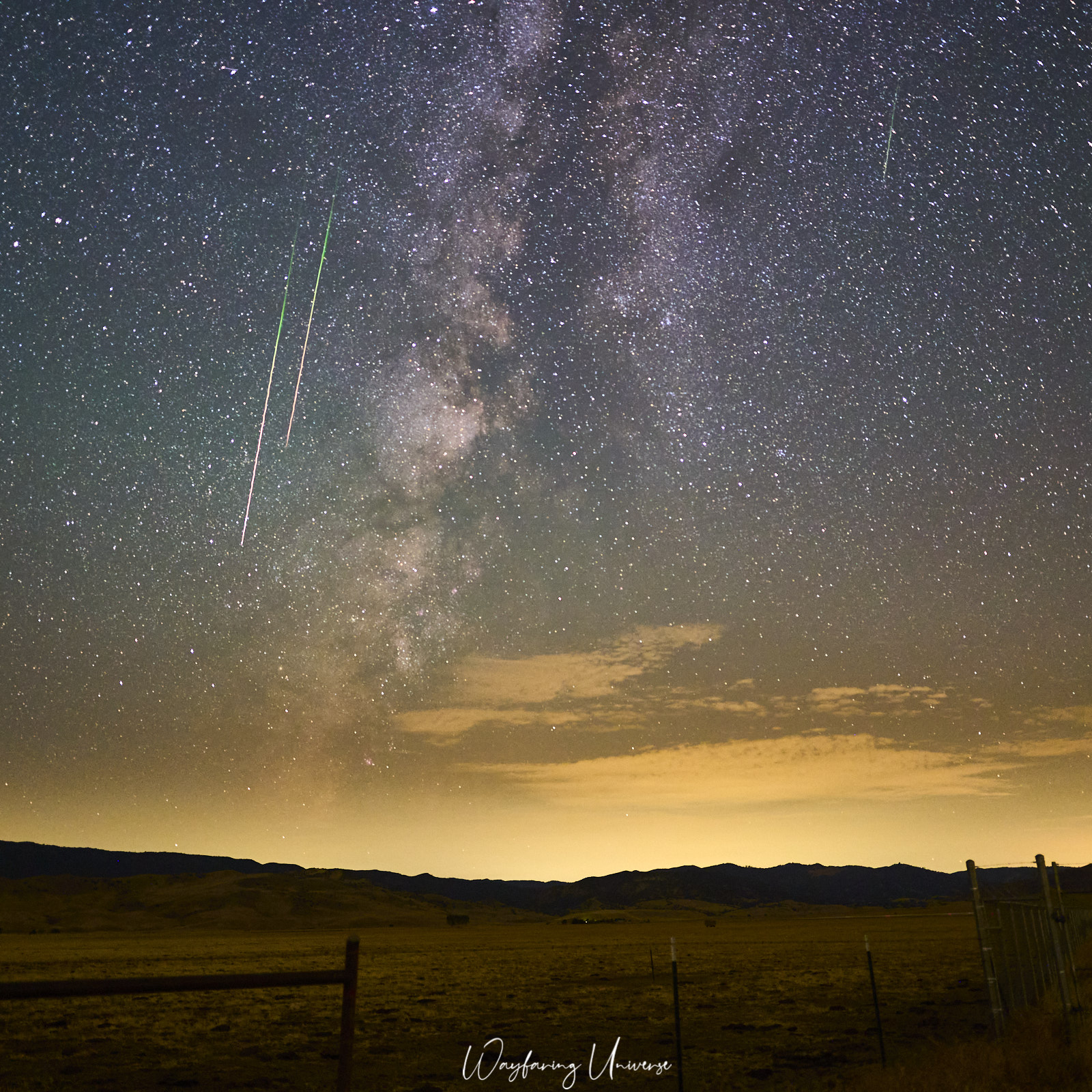
OMG, I cannot express how gorgeous this was; I’ve never seen two back-to-back meteors at the same spot and didn’t realize there was a third one (top right) until we saw pictures. I don’t know how rare it is, but getting three meteors in one shot is phenomenal and our first time. I believe this is our best one ever.
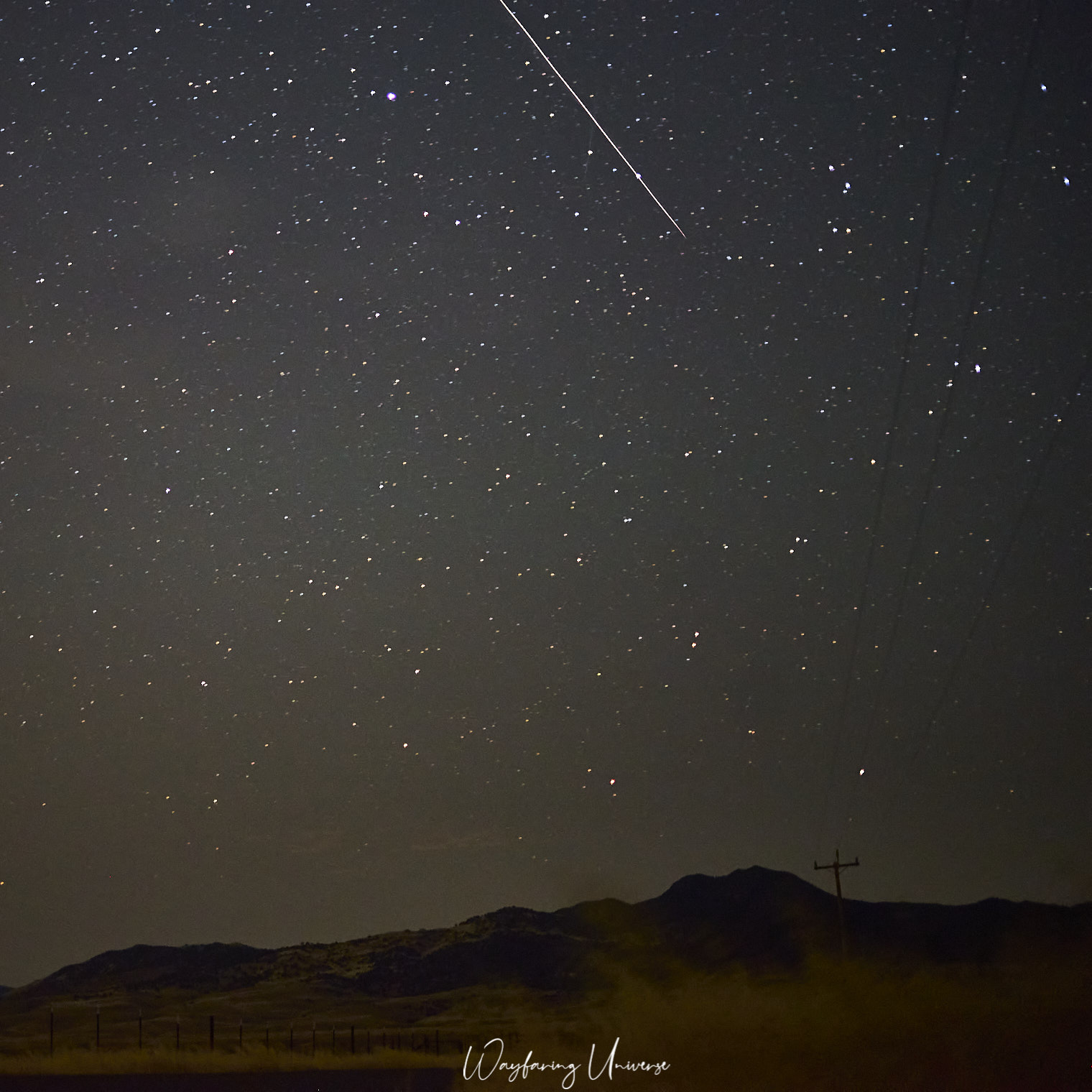
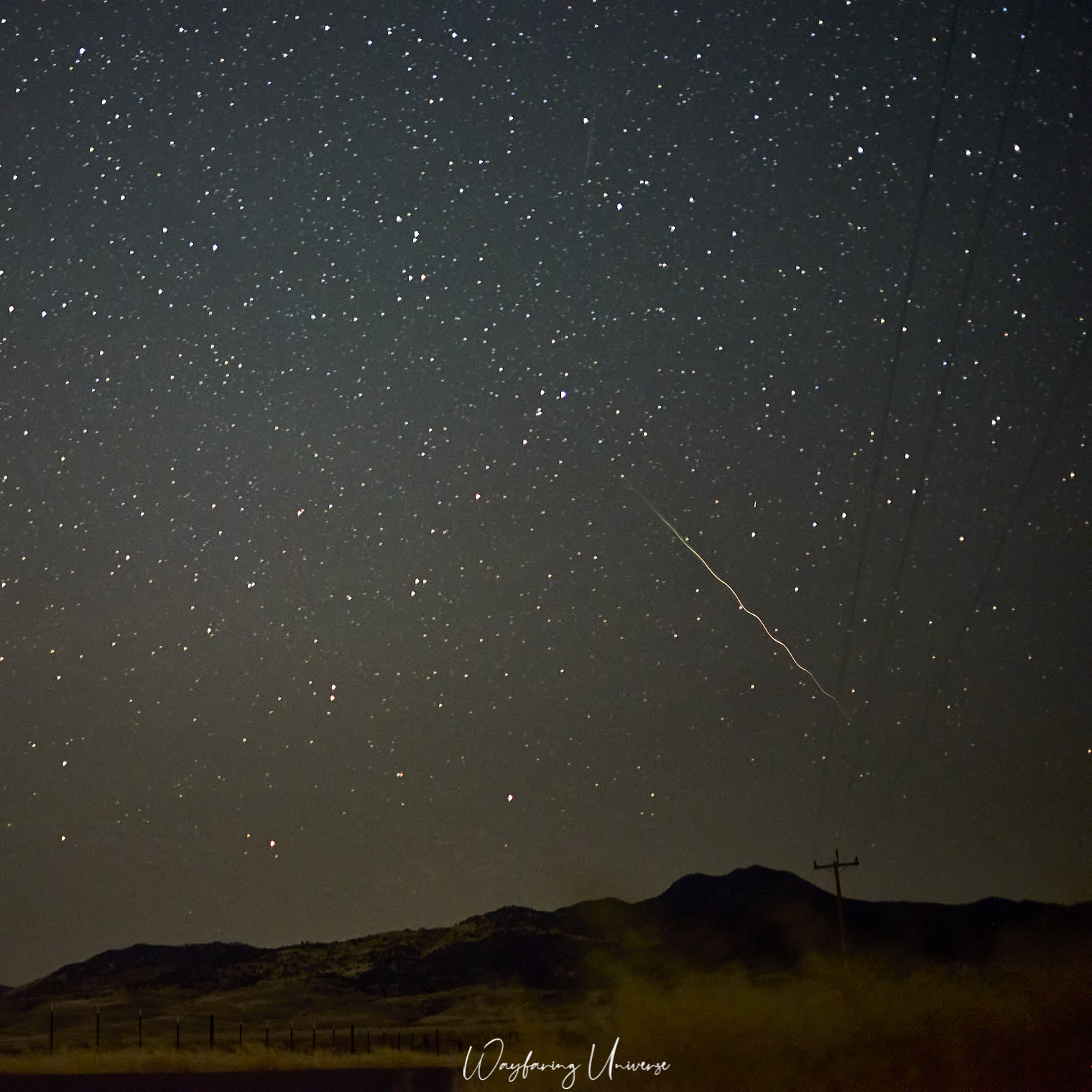
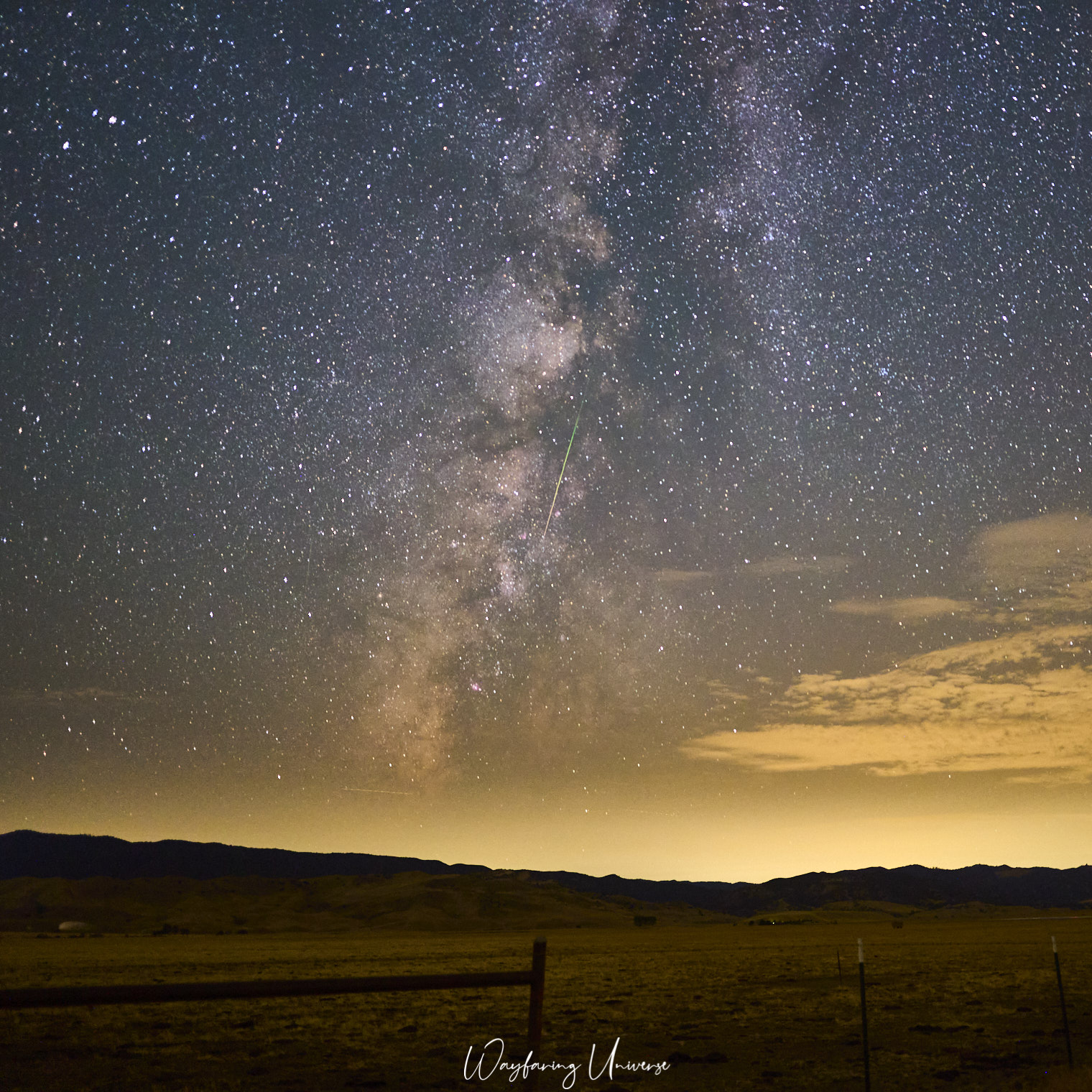 |
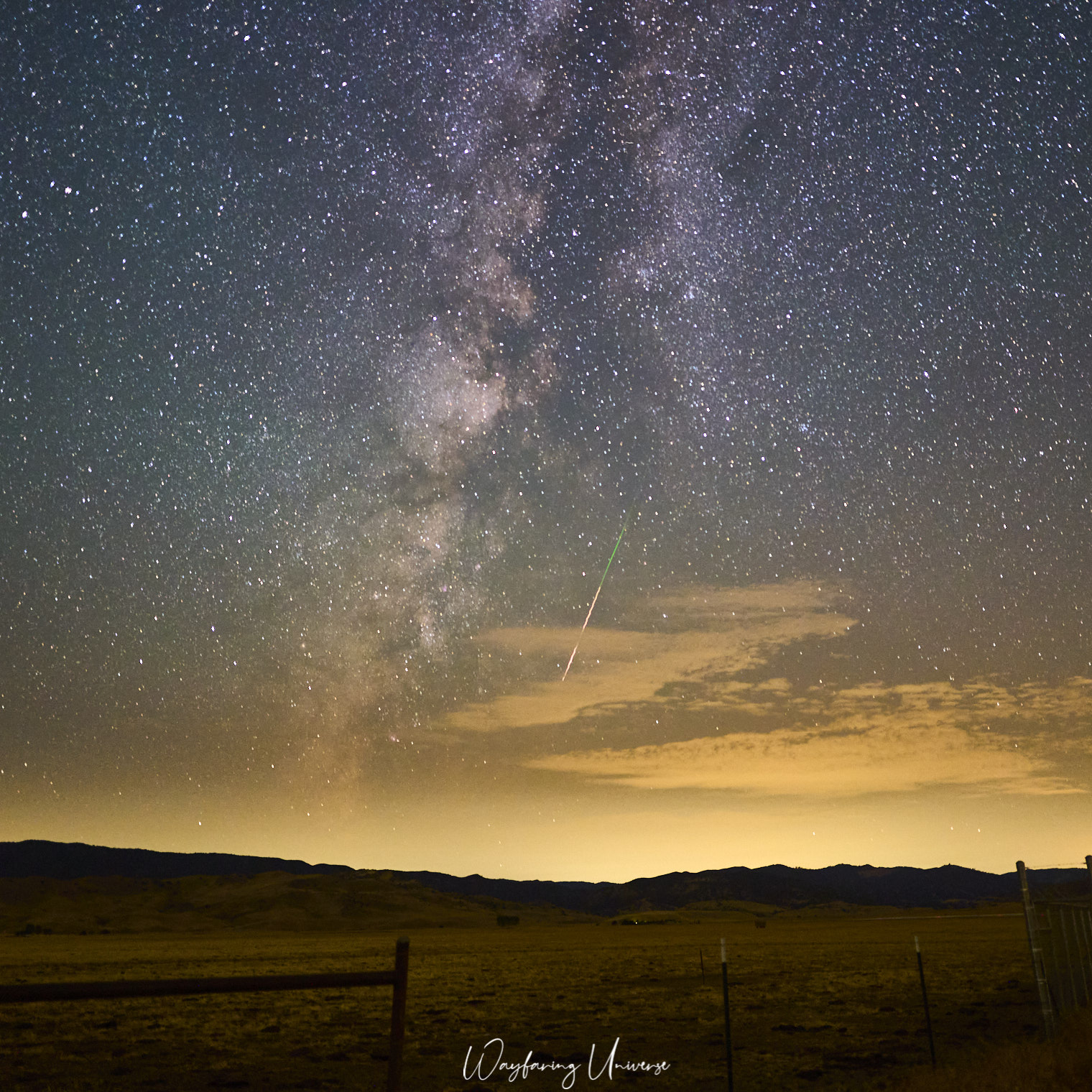 |
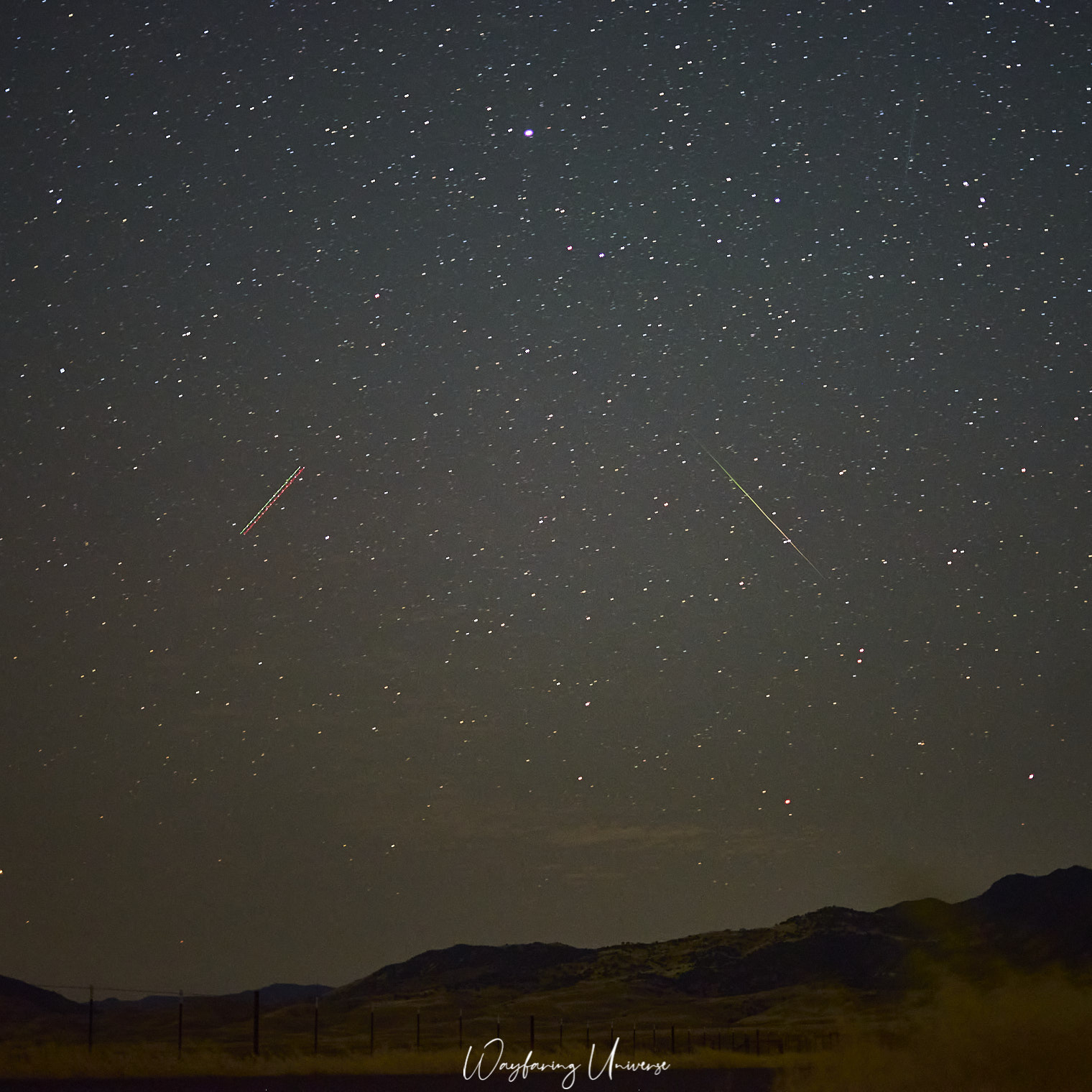
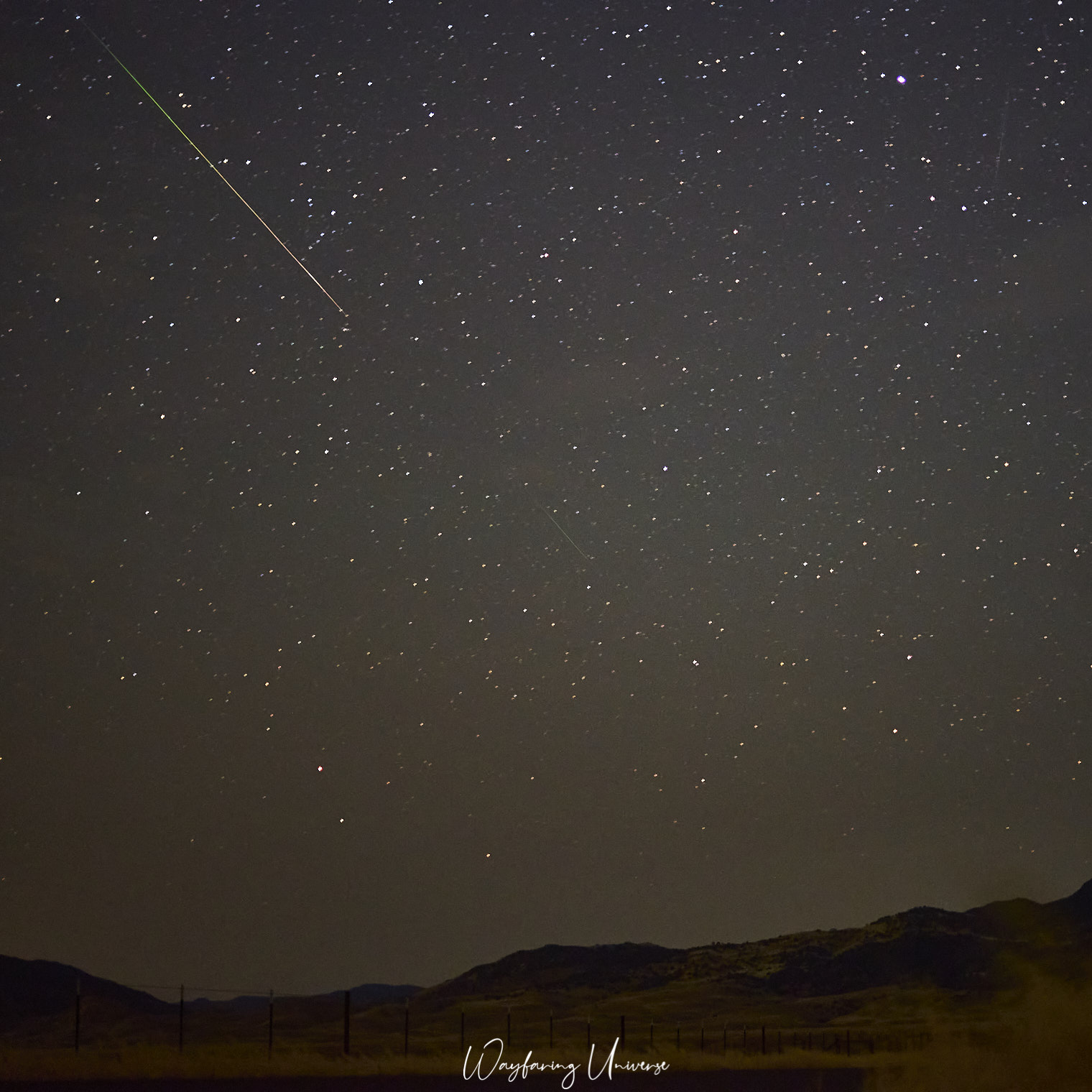 |
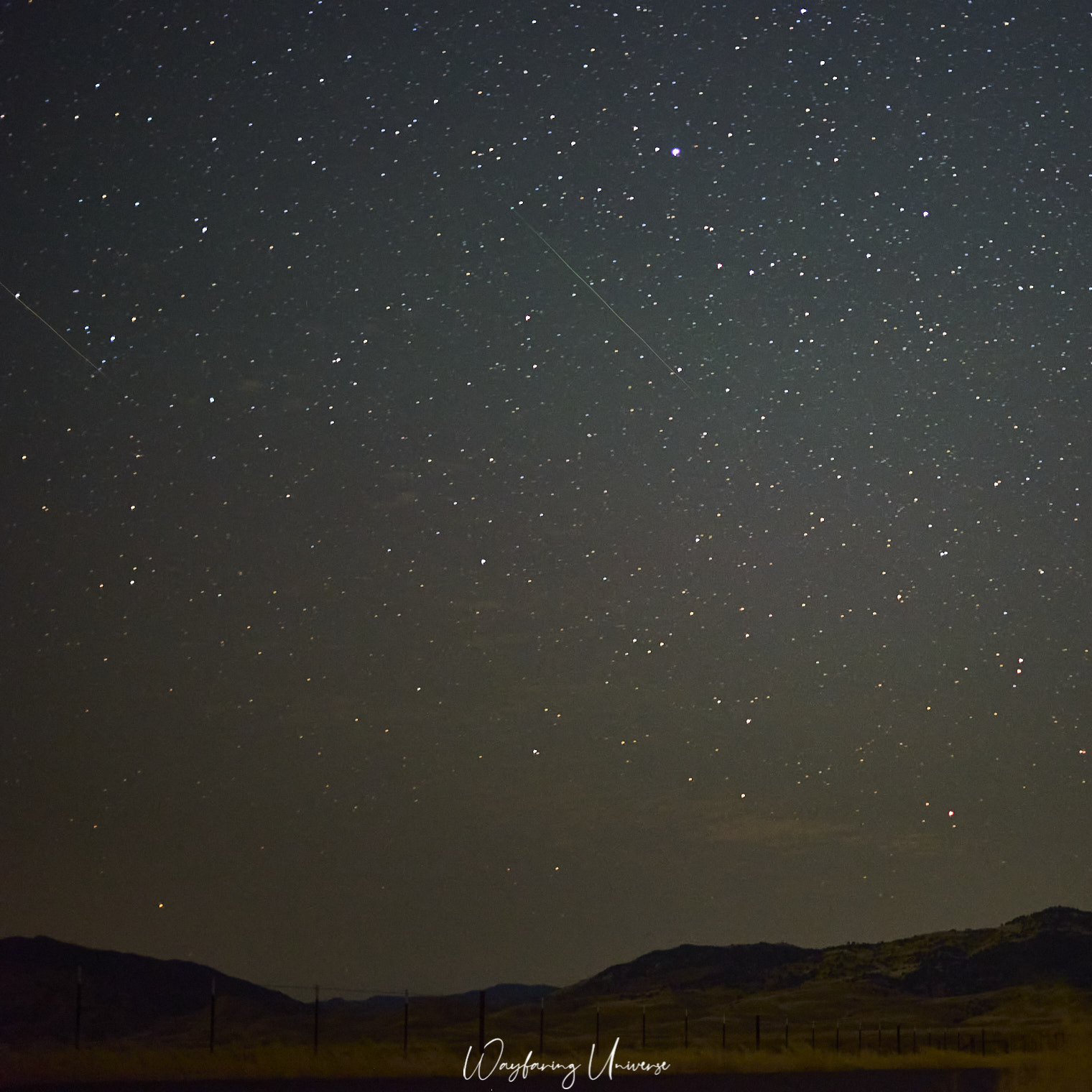 |
All these are long exposure single shots from 13th Aug night between 12:30-3:30 am. We missed photos of quite a few long ones while setting up the camera. :(